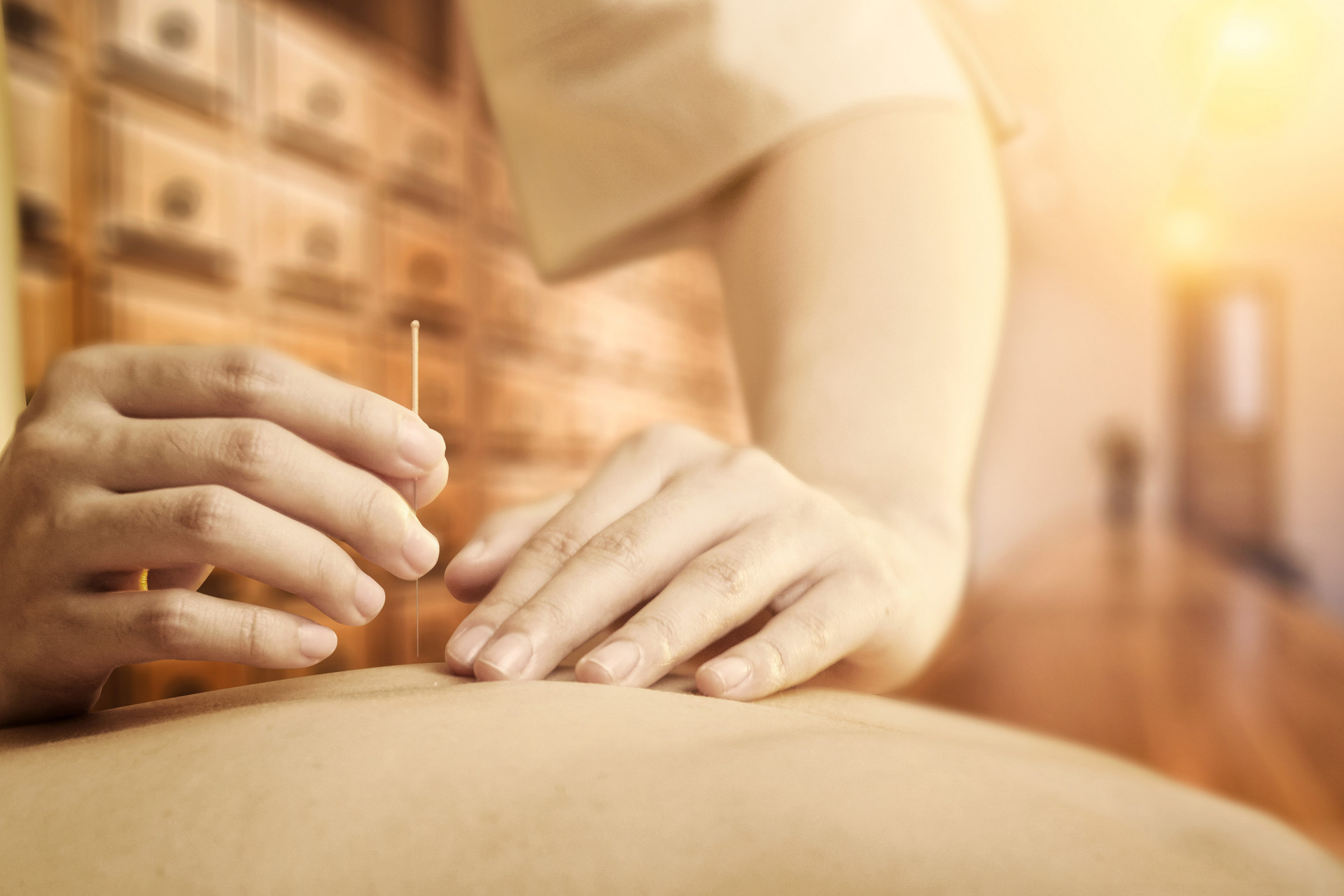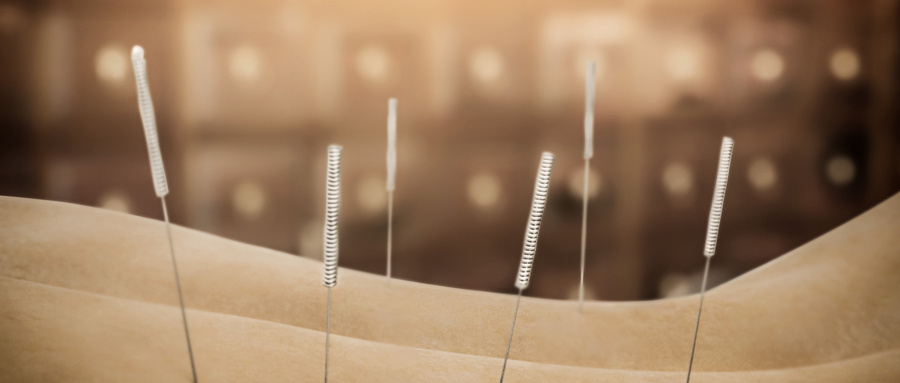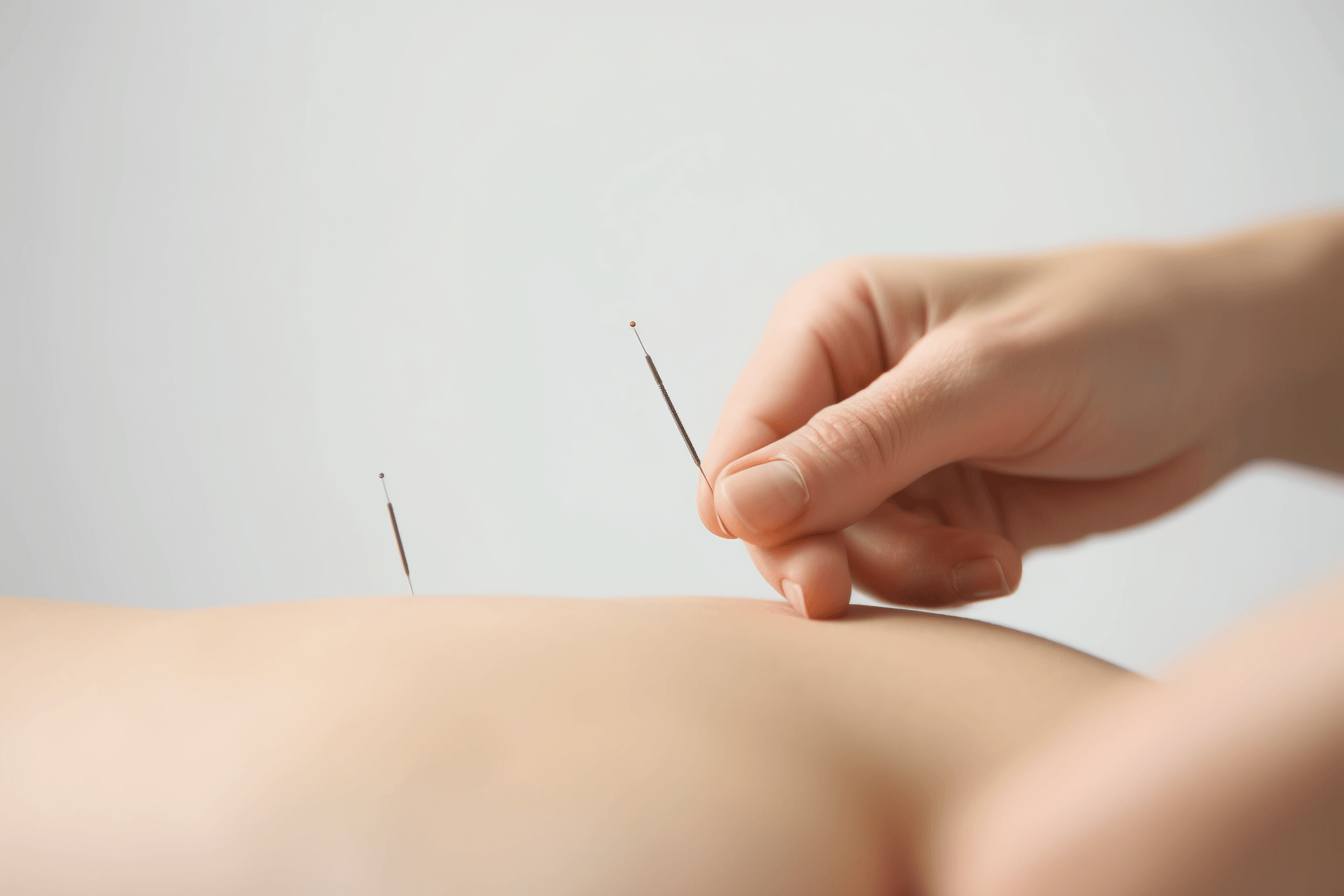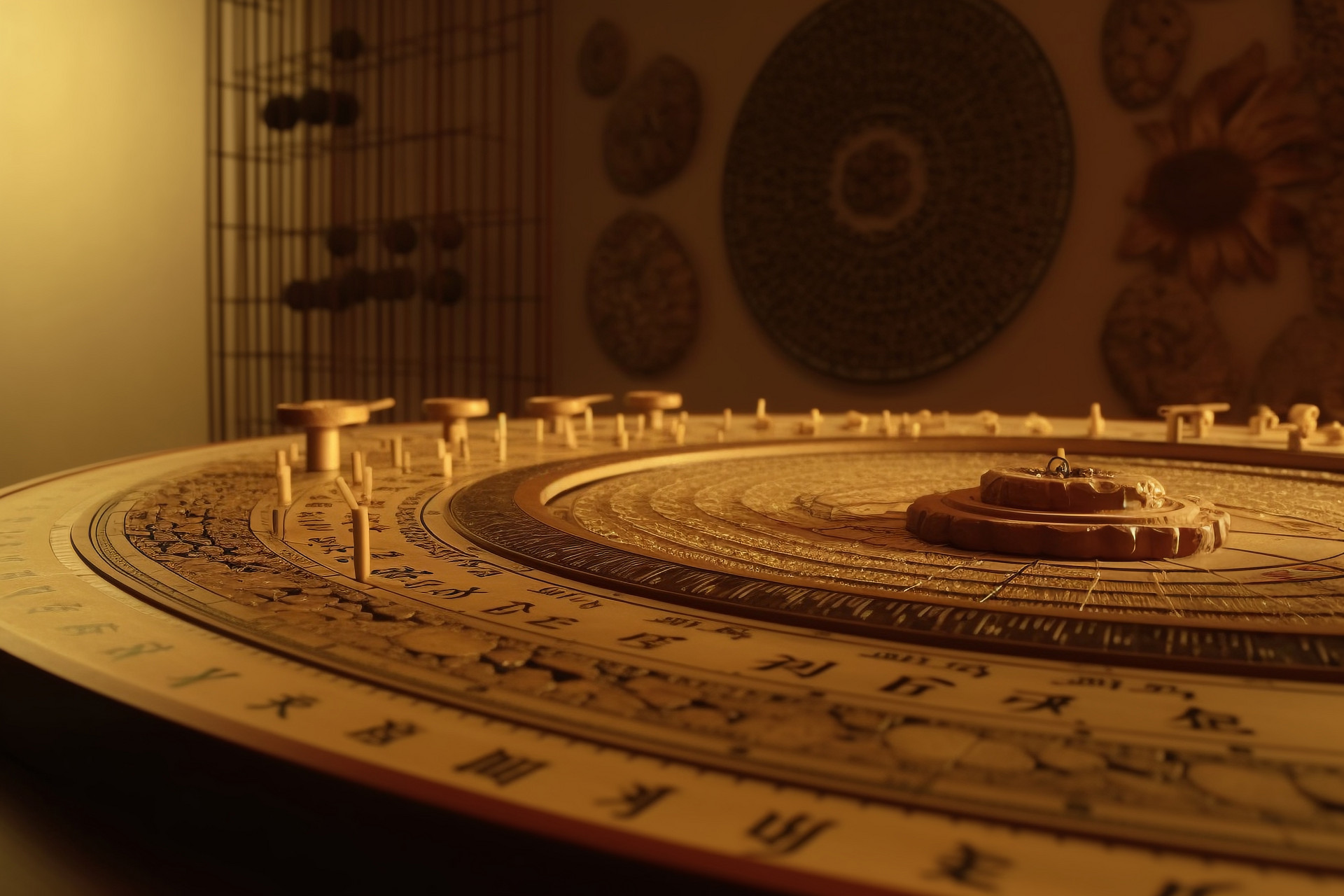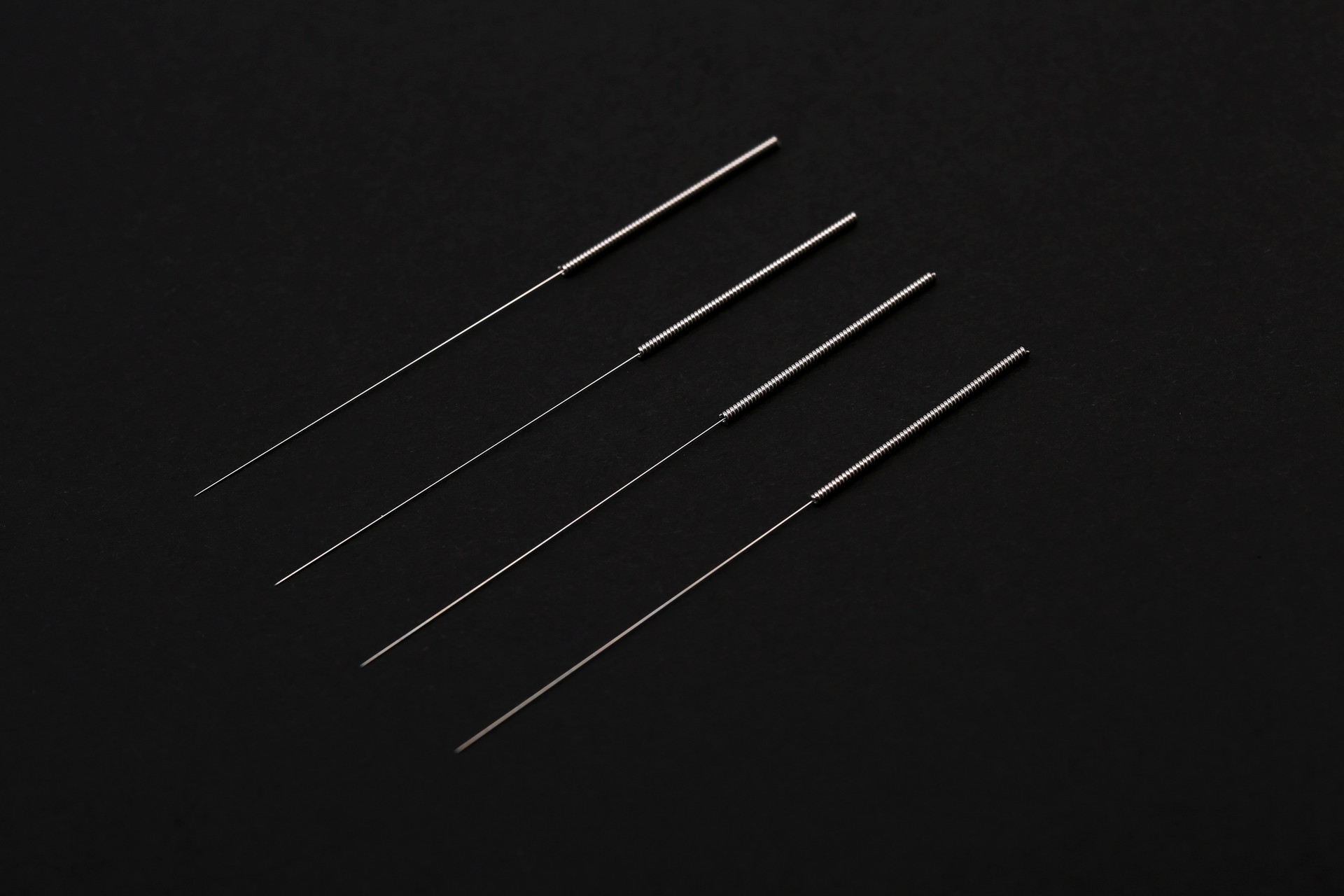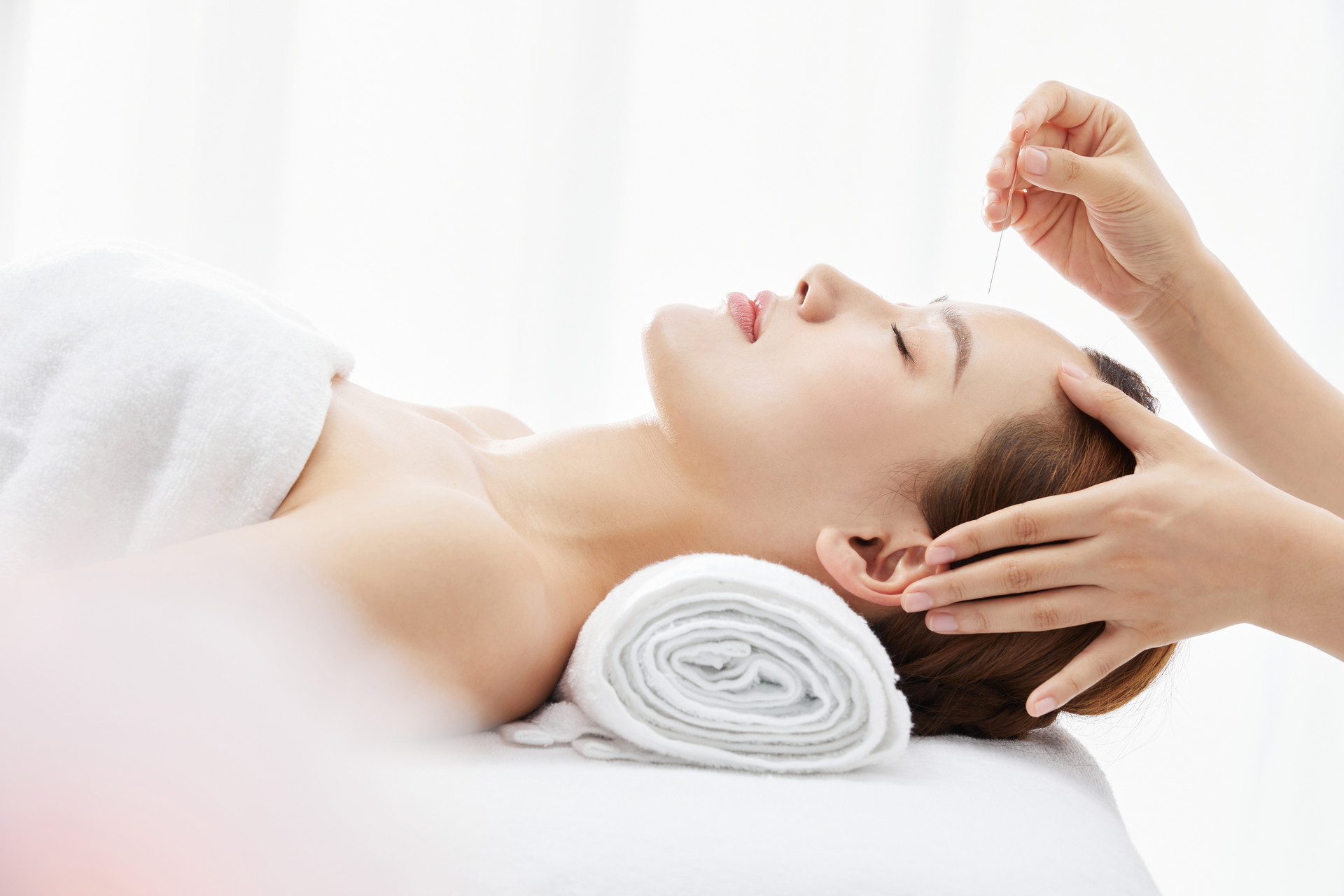Acupuncture holds a very high position in traditional Chinese medicine because it is one of the common methods used to treat diseases, and its effectiveness is also very significant. But did you know that acupuncture can not only treat diseases, but also beautify and remove spots? I believe many beauty-conscious female friends are aware of this. So let me give you a comprehensive introduction to how acupuncture can be used for beauty and spot removal!
Traditional Chinese Medicine Acupuncture
Acupuncture for treating melasma
1. Stagnation of liver Qi and blood: Must use Ren meridian points
Choose Xingjian, Qihai, Taichong, and Sanyinjiao points to unblock Qi and blood, nourish the face, and remove spots. If there is chest and rib distention, add Zhangmen, and if there is lower back and knee soreness, add Shenshu.
2. Kidney deficiency with excessive fire (liver and kidney Yin deficiency)
Select Ganyu, Shenshu, Zusanli, Guanyuan, and Mingmen points. The above points nourish the liver and kidneys, regulate Qi and blood, and nourish Yin to fade the spots.
3. Spleen deficiency with damp obstruction
Choose Piyu, Shenshu, Sanyinjiao, and Zusanli points. Select additional points according to the symptoms: for abdominal distention, choose Xiawan and Qihai; for loose stools, choose Tianshu. In addition, acupuncture or surrounding needling at the site of skin lesions is mainly used to unblock local Qi and blood. You can also take medications such as Liuwei Dihuang Wan and Jiawei Xiaoyao Wan according to the condition. A course of treatment consists of 10 sessions, with each session lasting 20-30 minutes and starting with one session every other day.
Traditional Chinese Medicine Syndrome Differentiation
1. Liver depression and Qi stagnation: Facial spots, lumbar and knee soreness, irritability, chest and rib distention, dark tongue color or purplish spots, thin and fine coating, thin and deep pulse.
2. Kidney deficiency with excessive fire: Facial spots, sometimes with black-brown spots, accompanied by lumbar and knee soreness, fatigue, weakness, red complexion, less coating, thin and deep pulse, sometimes rapid.
3. Spleen deficiency with damp obstruction: Yellow-brown spots on the face, poor appetite, abdominal distention, pale and greasy tongue coating, sometimes wiry pulse.
According to traditional Chinese medicine, the occurrence of melasma is related to the following pathogenesis:
1. Emotional imbalances lead to liver Qi stagnation, obstructed Qi flow, and inability of Qi and blood to nourish the face;
2. Uncontrolled diet damages the spleen and stomach, leading to weakened spleen function, accumulation of dampness, and obstruction of Qi and blood, resulting in poor facial nourishment;
3. Deficiency of kidney Yin due to aging leads to excessive fire, loss of skin nourishment, and the natural color of the kidneys appearing on the face;
4. Wind exposure to the pores leads to disharmony of Qi and blood, and inability to nourish the face.
Clinical manifestations: Light brown or brown patches, irregular shapes, often symmetrically distributed around the lips, forehead, cheeks, nose, eye corners, temples, etc. Some may appear in a butterfly shape. There are no obvious symptoms, and in the early stage, some patients may have slight redness and faint spots that are not easily noticed. Once discovered, they have already been present for a long time. They deepen in spring and summer, and become lighter in autumn and winter.


